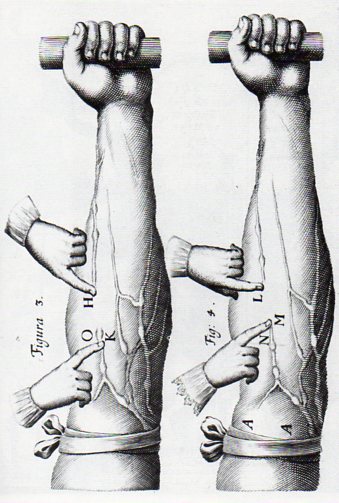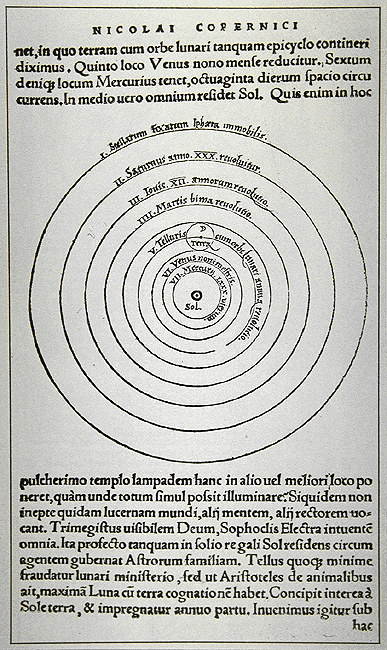JF Ptak Science Books Post 1570

I think that if I had a sense for design and some artistic talent that I could perhaps make something interesting out of bits and pieces of the details of a hundred famous lines. Or two hundred. Unfortunately, I don't possess those talents, so I'll just have to write about it as though it has been done, already. If we could whisk ourselves away 50 years into the past to the great world of early broadcast television, back into the days of glorious black and white, it would be interesting to present the details singly and first on a game show like the lovable "What's My Line" show. (Another guest, another one of the hundred or two that could appear, can be seen below*, though I think this one is a dead giveaway.)

Today's line section from this blog's History of Lines series comes to us from William Harvey, being an illustration in his epochal Exercitatio anatomica de motu cordis et sanguinis in animalibus (or On the Movement of the Heart and Blood in Animals). It was in this book that Harvey published his experimental results on how blood moved through its course in the body, showing that the 1400-year-old Galenic idea concerning the movement of blood was all wrong.

Harvey had conducted experiments via the scientific method--and was among the earliest to do so--and established early on, by 1615 or thereabouts, that the Galen theory regarding the movement of the blood was incorrect. He found that contrary to long-established belief the liver did not convert food into blood, and that the lungs did not push the blood through the body, and that blood was not continuously generated. Why wait until 1628 to publish his results? I suspect that he was not looking forward to the problem and notoriety of publishing results that went against the medical grain--actually some of which were the exact opposite of the accepted practice--which in fact was the case for decades after the first edition appeared. But Harvey presented his results in his short book in a concise way, explaining how it was that the heart and arterial systems functioned, and then in a second section of the work displayed how the blood was circulated rather than produced. (He was able to establish that if Galen's theory was correct that the liver would have to produce 540 pounds of blood every day--a simple impossibility.)
Harvey's work had a revolutionary effect on the study of physiology and medicine at the same sort of level as Copernicus or the use of the telescope by Galileo--I think that there is little doubt in that. Harvey was able to produce his results through experimentation and without the benefit of the microscope, which would have helped him enormously had he been able to identify capillaries--something that would have to wait for Marcello Malpighi and his publication in 1673, sixteen years after Harvey's death.
Notes:
The detail from the big image in Copernicus' De revolutionibus orbium coelestium (On the Revolutions of the Heavenly Spheres), 1543.




Comments